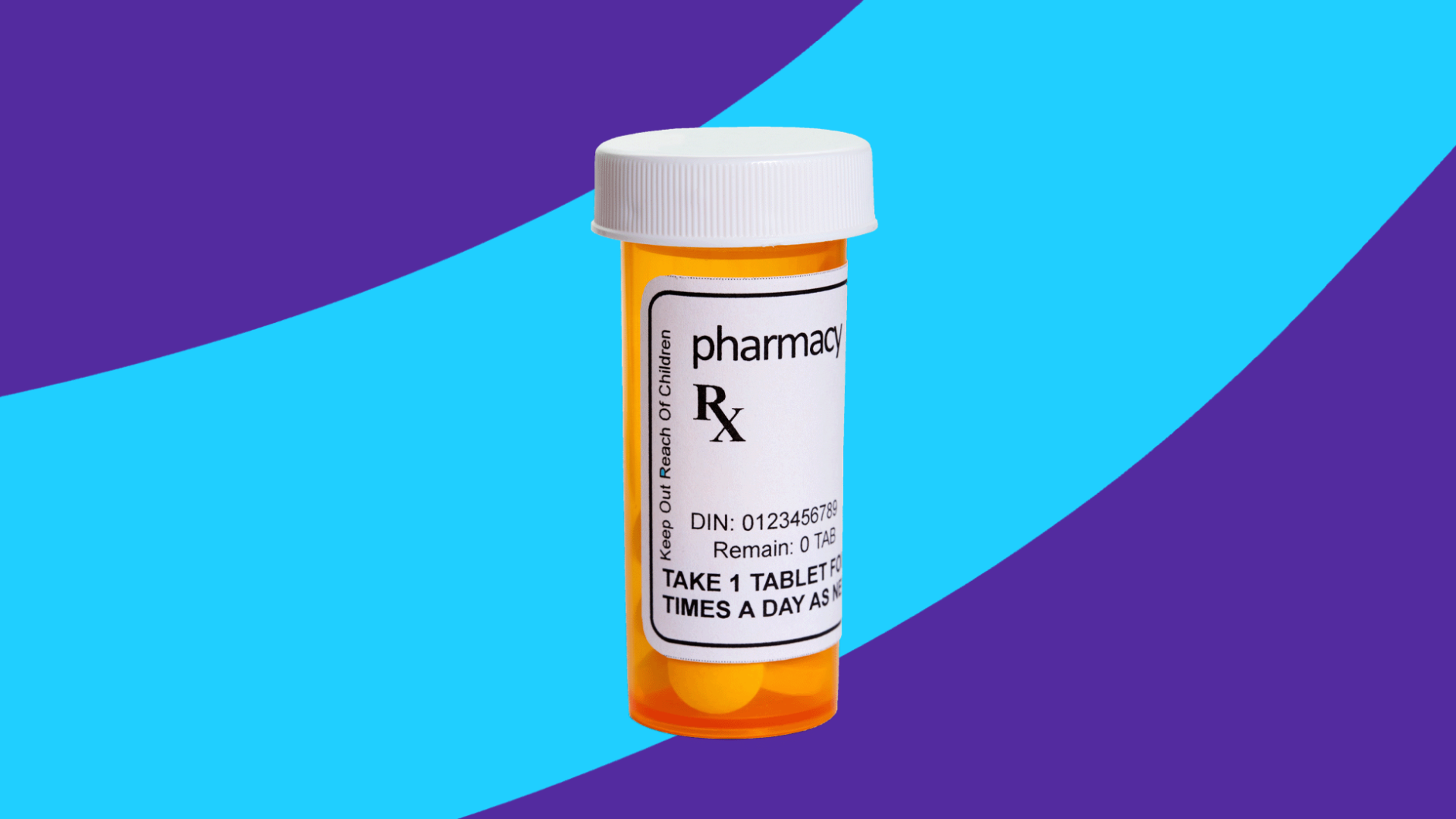Medicare Part D is the part of Medicare that covers most prescription drugs. Medicare Part D is optional, but if you don’t have creditable drug coverage, you may owe a Part D penalty if you decide to enroll later.
Does Medicare Part D cover all prescriptions?
Each Medicare Part D plan has its own formulary. A formulary is the plan’s covered drug list and covered vaccines. The formulary allows you to see if the plan covers the drugs you use most, and with the fewest restrictions, before enrollment.
“Part D plans cover both brand-name and generic medications,” said Valenzuela. “In addition, there are specific protected classes of drugs, such as those used to treat seizures, cancer, and HIV/AIDS. Medicare Part D plans are required to cover most drugs in these protected classes.”
While each plan covers different drugs, they must cover at least two drugs in the 146 different drug categories. Examples of drug categories that are popular for Medicare users include:
- Angiogenesis inhibitors, or cancer-fighting agents, including prescriptions like Revlimid (lenalidomide) or Votrient
- Anticoagulants that thin blood and reduce blood clots, like Eliquis (apixaban)
- Factor Xa inhibitors, another blood thinner, like Xarelto (rivaroxaban)
- GLP-1 receptor agonists, which increase the production of insulin, like Trulicity
- Note: GLP-1 agonists are only covered by Medicare if they are prescribed to treat diabetes—not weight loss.
- TNF blocking agents, which treat arthritis, like Humira
- Immunosuppressants, including corticosteroids like prednisone
What drugs are not covered by Medicare Part D?
Although Medicare Part D covers many prescription drugs, it doesn’t cover everything. Part D does not cover anorexia, hair loss, erectile dysfunction, obesity, over-the-counter medications, or vitamins.
Although uncommon, if these drugs are prescribed to treat a different indication other than those excluded by Part D coverage, you may receive coverage. For example, Part D will not cover Ozempic if it’s prescribed for weight loss; however, it may be covered if Ozempic is prescribed for diabetes treatment.
Additionally, there are occasions where Medicare Part A or B may cover prescription drugs that are not covered by Part D:
- If someone is hospitalized and given drugs over the course of their treatment, Part A will typically cover all the drugs they were given during that time.
- Part B will generally cover drugs when they’re ones you don’t administer yourself and need to go into a healthcare provider’s office to have administered like an injected drug.
Part D formulary restrictions
Drug formularies are broken into different drug tiers. Higher-tier drugs (usually brand names) typically cost more than lower-tier drugs (usually generics) and may have more restrictions.
Occasionally, an insurance plan will require step therapy, meaning you have to try the lower-cost drugs before being approved for a higher-tier drug.
Other plans may require prior authorization for specific drugs.
Some tiers of drugs also may not apply to your deductible, depending on your Part D coverage.
There also may be quantity limits on certain prescription drugs.
People with Medicare typically should seek out a Part D plan that covers as many of their drugs as possible, with the fewest restrictions, at the lowest cost.
Occasionally, a plan’s formulary will change while you are covered. Sometimes, The Food and Drug Administration (FDA) may recall a prescription drug due to safety or efficacy, so it’s taken off the plan’s formulary. If any of the drugs you’re on are being discontinued from the plan, your coverage is required to notify you in writing 30 days before the change. Then, you’re able to get another month of your prescription refills before it changes.
What if a drug is not covered by Medicare Part D?
If a prescription drug you need is not covered by your Medicare Part D formulary, you have a couple of options. Many plans allow you to fill out an exception request stating why you need the specific drug covered by your insurance company. There is also a formal appeals process when a drug is denied, which can be escalated many times.
You can also pay out of pocket, covering 100% of the costs rather than just the copayment. In this case, a free SingleCare discount card could come in handy.
Another option is to talk to your healthcare provider about finding an alternative drug that is covered by your plan.
During the Open Enrollment Period, you should look for a Part D plan with a formulary that does cover the drug you require, with the fewest restrictions, at the lowest cost.
How to save on prescription drugs
There are a few other options to save on prescription drug costs.
Extra Help
For those with Medicare coverage and limited income and assets, you can potentially qualify for the Extra Help program. It helps cover out-of-pocket expenses like co-payments, premiums, coinsurance, and yearly deductibles. You can see if you qualify on the Social Security Administration’s website.
SingleCare
People who use SingleCare instead of Medicare could save up to 80% on their prescriptions. Simply search for your prescription drug on singlecare.com or take your prescription discount card to the pharmacy and see what savings you can get on your medicine.
Sources
- Part D excluded drugs, Centers for Medicare & Medicaid Services (2006)
- Extra Help with Medicare prescription drug plan costs, Social Security Administration











